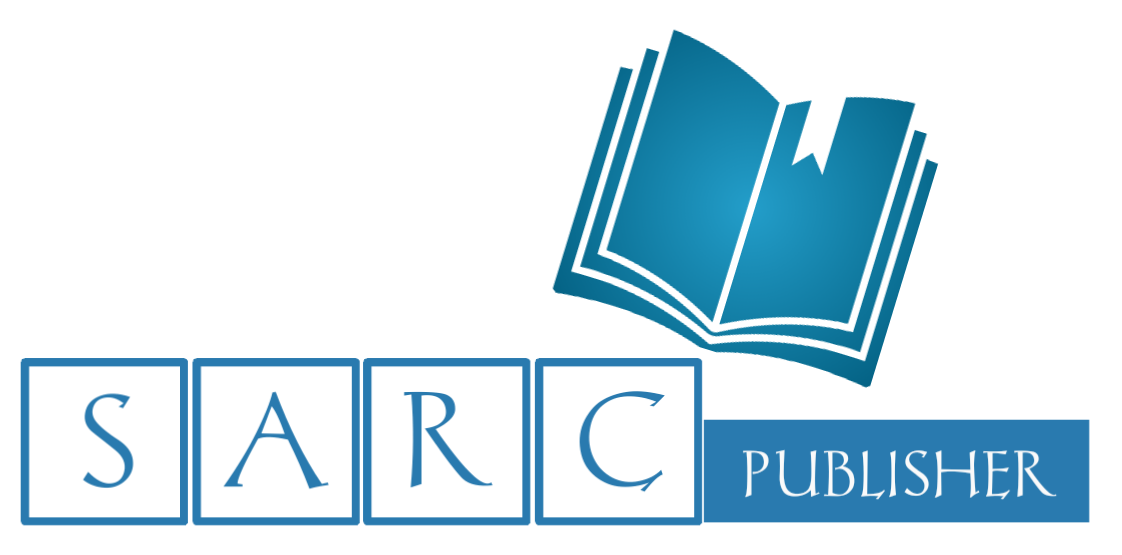Sarcouncil Journal of Engineering and Computer Sciences

Sarcouncil Journal of Engineering and Computer Sciences
An Open access peer reviewed international Journal
Publication Frequency- Monthly
Publisher Name-SARC Publisher
ISSN Online- 2945-3585
Country of origin-PHILIPPINES
Impact Factor- 3.7
Language- English
Keywords
- Engineering and Technologies like- Civil Engineering, Construction Engineering, Structural Engineering, Electrical Engineering, Mechanical Engineering, Computer Engineering, Software Engineering, Electromechanical Engineering, Telecommunication Engineering, Communication Engineering, Chemical Engineering
Editors

Dr Hazim Abdul-Rahman
Associate Editor
Sarcouncil Journal of Applied Sciences

Entessar Al Jbawi
Associate Editor
Sarcouncil Journal of Multidisciplinary

Rishabh Rajesh Shanbhag
Associate Editor
Sarcouncil Journal of Engineering and Computer Sciences

Dr Md. Rezowan ur Rahman
Associate Editor
Sarcouncil Journal of Biomedical Sciences

Dr Ifeoma Christy
Associate Editor
Sarcouncil Journal of Entrepreneurship And Business Management
Digital Signal Processing Algorithms for Noise Reduction in Wireless Image Transmission Systems
Keywords: Wireless Image Transmission, Digital Signal Processing, Noise Reduction, Kalman Filtering, Wavelet Denoising, PSNR, SSIM, Bit Error Rate
Abstract: Wireless Image Transmission Systems (WITS) are highly susceptible to noise distortions, leading to degraded image quality and increased transmission errors. This study evaluates the effectiveness of Digital Signal Processing (DSP) algorithms, Kalman filtering, wavelet-based denoising, Wiener filtering, and median filtering for noise reduction in WITS under varying Signal-to-Noise Ratio (SNR) levels (5 dB to 20 dB). Performance is assessed using Peak Signal-to-Noise Ratio (PSNR), Structural Similarity Index (SSIM), and Bit Error Rate (BER). The results indicate that Kalman filtering achieves the highest PSNR (33.2 dB) and SSIM (0.96), along with the lowest BER (0.005) at SNR = 20 dB, making it the most effective method for noise suppression. Wavelet-based denoising emerges as a computationally efficient alternative, offering a balance between image quality and processing speed. Statistical analyses, including ANOVA and paired t-tests, confirm significant differences (p < 0.001) in performance among the algorithms. The findings suggest that while Kalman filtering provides superior noise reduction, wavelet-based denoising is more suitable for real-time applications. Future research should explore hybrid DSP techniques and deep learning-based models for enhanced noise suppression in wireless imaging
Author
- Rahul Nagraj
- Director of Engineering at Bastille
- Srinidhi Goud Myadaboyina
- Senior Machine Learning Engineer at Cruise

